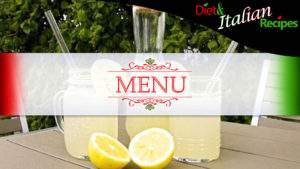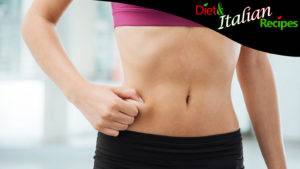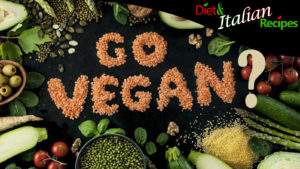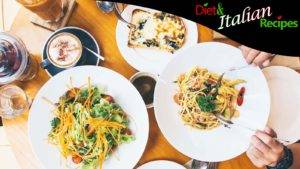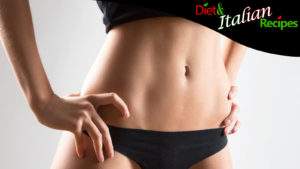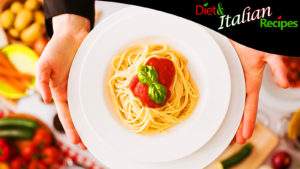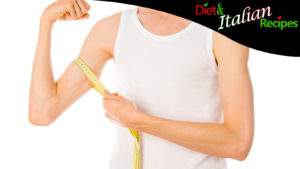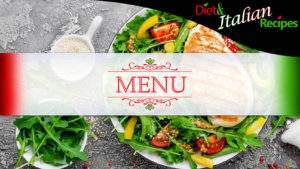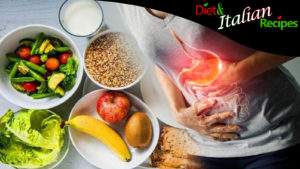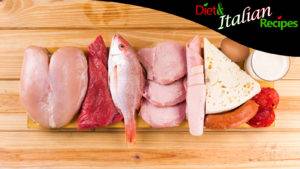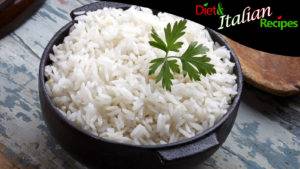The social diet is a dietary plan based on the molecular method that disregards calorie counting and relies on the social support provided by online groups of program participants. What it is, how it works, what the molecular method is, and the sample menus of the social diet will help you understand all the main characteristics of this innovative way of dieting in this article. The social diet is aimed at weight loss and provides significant support to individuals who need to regain their self-esteem by sharing their journey with other diet participants on social media.
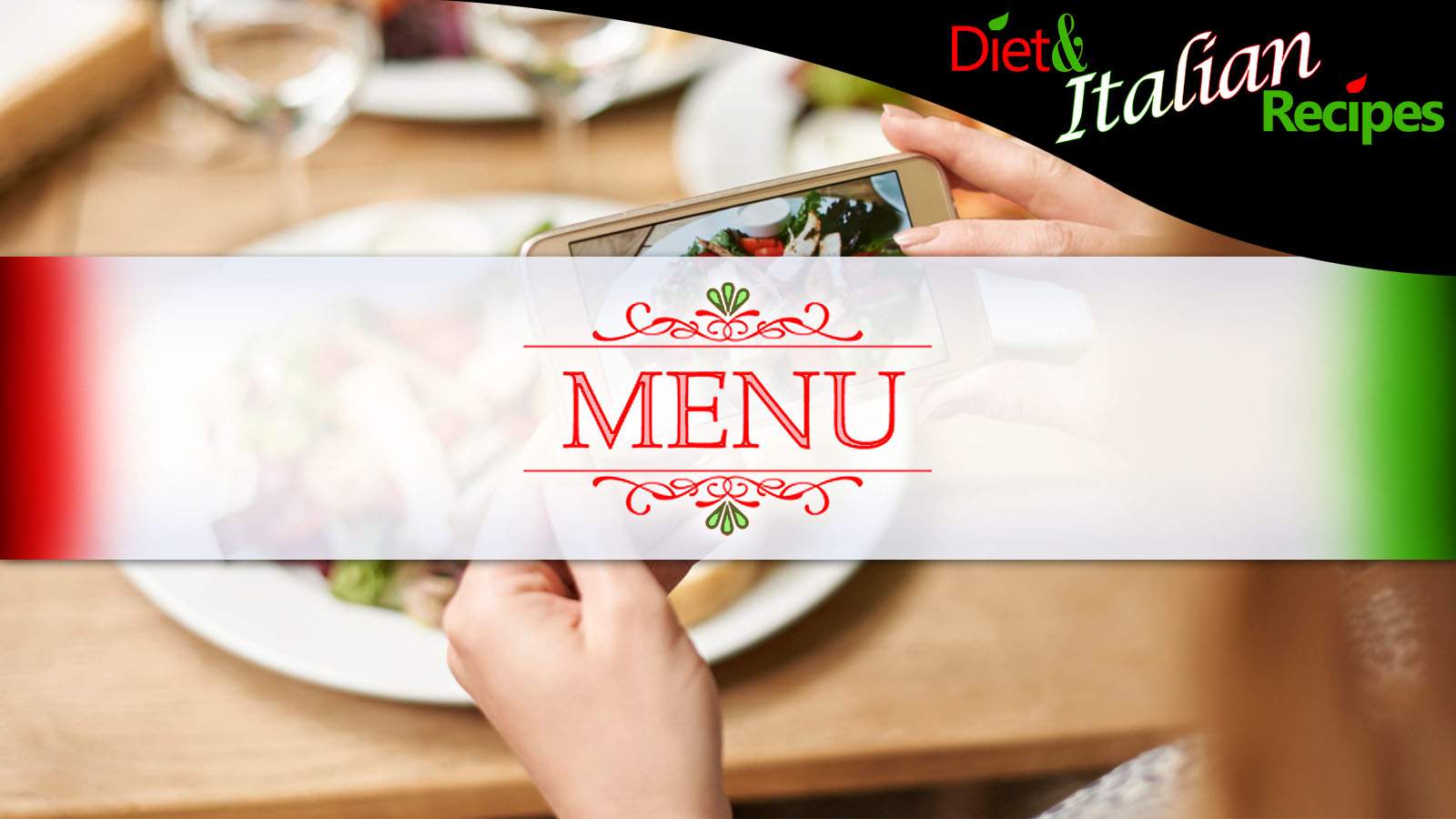
What is the social diet, online group support, and what to eat
The social diet is a collective dietary regimen aimed at weight loss. It stands out for the benefit of group psychological support on social media and interaction with a team of specialists available to everyone. The beauty of the social diet is that, unlike DIY methods, it is slightly safer because you often deal with experts who have designed the program, making it difficult to encounter significant health risks. However, like any diet you can find independently online, it is a generalized method for the masses and may not meet any of your specific needs, as it may not work since it is not a personalized diet.
Online support helps you lose weight
Certainly, support on social media platforms such as Facebook, Instagram, and other social networks from a group of people going through the same journey and relying on the same specialists can make a small difference. It can be comforting and highly motivating, especially for those who are not confident enough to follow a proper diet by changing their habits, even radically. However, the drawback is that all the meal plans are the same for those who need a personalized diet as well as social support.
No to calorie counting, Yes to the molecular method
According to the social diet, counting calories doesn’t make sense because it’s the molecules that make up food (not the energy value) that interfere with the biochemical processes in our bodies that cause us to lose or gain weight. Those following the social diet use the molecular method to lose weight, which works as follows:
- It’s a 5-day cycle, including:
— 4 days with protein-rich meals, meaning they have more protein than carbohydrates (for every 0.5 grams of carbohydrates, you should eat 1 gram of protein);
— 1 day with carbohydrate-rich meals, meaning they have more carbohydrates than protein (the opposite of protein-rich meals: for every 0.5 grams of protein, you should eat 1 gram of carbohydrates);
— After 5 days, the method is repeated; - The general rule is to have 5 meals a day: breakfast, a snack, lunch, a snack, and dinner (so wake up by at least 8 am to leave a couple of hours between meals);
- Calorie counting is not done for the reasons mentioned above, so portion sizes are subjective based on your own needs (it’s optimal not to overeat and to eat only what is necessary to avoid feeling empty but not too full);
The goal of eating with the molecular method is essentially to revitalize metabolism, thereby stimulating and improving intestinal functions, leading to inevitable well-being and intestinal hygiene. The molecular method helps control blood sugar, insulin, lipid levels, and genetic modulation of DNA (it is believed that food molecules can have effects on DNA).
How does the social diet works?
It’s essential to have free internet access because with your smartphone, you’ll need to download the social diet app and join the Facebook group. You sign up and immediately connect with other users, start the diet, and can share your experience with others. The social diet promises to help all participants establish a healthy relationship with food, bidding farewell to emotional hunger, food cravings, or, conversely, uncontrolled and senseless fasting.
By signing up via Facebook, you can start your free journey with the social diet; the app is also free and can be downloaded to your smartphone whenever you want. However, this program cannot be started on just any Monday; it begins periodically and lasts for a total of 4 weeks, after which you proceed with a maintenance diet. All of this is free via Facebook when you sign up for the Social Diet, so you can try the program and immediately assess the results achieved.
If you are satisfied with the social diet and wish to continue, there are longer courses available (3, 6, 12 months) that come with a fee. In this case, you subscribe to a membership that gives you access to another Facebook group called the Social Diet Master Club, dedicated exclusively to paying participants. You can also subscribe to a weekly magazine of the social diet, where you can find in-depth information about diets, foods, wellness tips, health, and many recipes. The subscription costs for the social diet are as follows:
- 3 months for €36.40
- 6 months for €59.80
- 12 months for €93.60
Social Diet: Sample Menus
What does a sample menu of the social diet look like? The meal plan is very specific, and you can find a lot of information on the official website dietasocial.it. For now, we provide you with this sample menu to give you an idea of a typical day on the Social Diet.
Here’s a sample menu of the Social Diet in the carbohydrate phase, with more carbohydrates (1-2 times a week):
- BREAKFAST: Green tea or unsweetened coffee + skimmed milk + rye bread and jam + hazelnuts or other dried fruits;
- SNACK: Fresh fruit or vegetable and fruit juice;
- LUNCH: Lettuce and lamb’s lettuce salad + trofie pasta with walnut pesto + extra virgin olive oil;
- AFTERNOON SNACK: Barley or unsweetened green tea + fresh fruit;
- DINNER: Red chicory and soybean sprout salad + lentil and pistachio salad + warm vegetable soup + extra virgin olive oil.
Below is a sample menu of the Social Diet in the protein phase, with more proteins (4-5 times a week):
- BREAKFAST: Green tea or unsweetened coffee + turkey slices + rye bread + almonds or other dried fruits;
- SNACK: Fresh fruit or vegetable and fruit juice;
- LUNCH: Green salad and apple + pumpkin seeds + lemon-marinated fish + extra virgin olive oil + rye bread;
- AFTERNOON SNACK: Barley or unsweetened green tea + fresh fruit;
- DINNER: Arugula salad with lemon + lentil and pistachio salad + beef pizzaiola + rye bread + extra virgin olive oil.
Tips to follow the social diet menu
For dressings, always prefer extra virgin olive oil and herbs. Salt is not recommended; instead, use lemon juice, wine vinegar, or apple cider vinegar as a substitute. In the protein menu of the Social Diet, rye bread is allowed but in smaller quantities compared to other types of carbohydrates such as pasta, rice, potatoes, or legumes. In the carbohydrate menu, it is not recommended to accompany the meal with bread; instead, opt for a plate of vegetables.
SHARE What it is, how it works, support, and sample menu.
The information provided in the Diet and Italian Recipes articles is for INFORMATION ONLY and does not intend to replace the opinion of professional figures such as a doctor, nutritionist, or dietitian, whose intervention is necessary for the prescription and composition of personalized dietary therapies.
